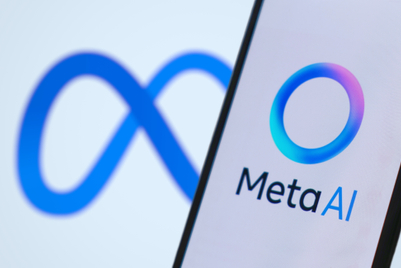
Intelligent personal assistants (or IPAs) like Siri and Google Now are rapidly changing how we interact with our mobile devices and the world around us. These changes haven’t had major implications for marketers just yet, but they will soon.
As voice-controlled IPAs gain greater adoption and usage, we’ll start to see widespread shifts in how people search for and make use of digital information. IPAs will also begin to act as a centralised control panel for apps and digital services—right down to the very functions of people’s homes. So far, the hardware and software behind most IPAs have remained closed to public development, limiting how marketers can directly apply them to campaigns or audience engagement. But as IPAs inevitably become more open-source, marketers can expect huge competition for the opportunities they offer.
As IPAs grow in popularity, marketers should be ready for:
1. Building new apps and partnerships
Generally speaking, IPAs have proven most popular as a one-stop control panel for apps and services, allowing users to activate them simply by speaking the word. Apps and digital services will suffer if they’re not compatible with these IPAs. This compatibility can’t just offer basic 'open my app' functionality, either: marketers need to work with their developers to ensure that users get full functionality via their IPAs. This can start now with re-coding or adapting apps to integrate more closely with existing assistants like Siri, even if just on a closed beta basis at first.
Amazon Echo, for example, allows users to not only only open Uber and Domino’s apps, but also hail rides and order pizzas with simple voice commands. However, the smart-home device took some criticism for not including Spotify functionality when first released, forcing consumers to use Amazon’s own music service instead. App compatibility is often mutually beneficial to brands and IPA developers, something marketers should remember as a means to broker new partnerships that make use of IPAs.
2. The death of SEM (as we know it)
With IPAs designed around natural-language processing—the ability to understand ordinary human speech—will SEO practices and keywords go extinct? SEO will definitely be transformed as voice-activated search goes from exception to norm, forcing marketers to rethink how they optimise their digital content for greater visibility. Perhaps the biggest shift will be to SEM investments: allocating big budgets to banner ads makes little sense if users aren’t even looking at the screen when they search.
The best way to pre-empt this shift in SEO? Investing in informative, engaging content—particularly mediums like video and voice that lend themselves to the IPA experience. Marketers should also ensure this content is social-first. As IPAs seek to deliver increasingly personalised experiences, they already rely heavily on user preferences and habits, including those drawn from social-media channels. Expect social content to play a far more prominent role in search, especially when Facebook rolls out its own IPA to the public.
3. Lots and lots of data
The data that IPAs will give to marketers is virtually limitless. IPAs like Amazon Echo, which integrate with a range of internet-of-things devices, will be the source of insight into everything from home energy consumption to individuals’ pizza consumption. IPAs will not only provide a wealth of data to marketers, but also give them the means to act on it, sometimes automatically. Microsoft’s Cortana, for example, already identifies certain parts of users’ daily schedules—such as going to work—based on smartphone location data. Cortana then matches this with traffic and weather information, to advise users on when to leave the house and what to pack.
As IPAs grow more sophisticated and integrated with other services, marketers will be faced with a new challenge: how to find correlations between myriad data? The best way will be to work with IPA software developers themselves to code personalised, automated responses to certain conditions, similar to what Cortana has already begun to do. The savviest marketers will treat IPA software as not just a wellspring of valuable data, but also the channel through which to gain audiences’ trust and attention.
It’s still early days for the software, but IPAs look set to become an extremely potent channel for marketers to both understand and interact with their audiences. However, this will only work if marketers respect IPAs as useful channels: delivering only the timeliest, most relevant information and access to users. Marketers must at all costs avoid simply pushing content and offers through IPAs as their software opens up to development. With the amount of data and intimacy they offer, there’s no reason for marketing campaigns to be less intelligent than virtual assistants themselves.
Anne Costello is regional director for Text100


.jpg&h=334&w=500&q=100&v=20250320&c=1)
.jpg&h=334&w=500&q=100&v=20250320&c=1)
.jpg&h=334&w=500&q=100&v=20250320&c=1)




.png&h=334&w=500&q=100&v=20250320&c=1)

.png&h=334&w=500&q=100&v=20250320&c=1)



.jpg&h=268&w=401&q=100&v=20250320&c=1)


.png&h=268&w=401&q=100&v=20250320&c=1)
